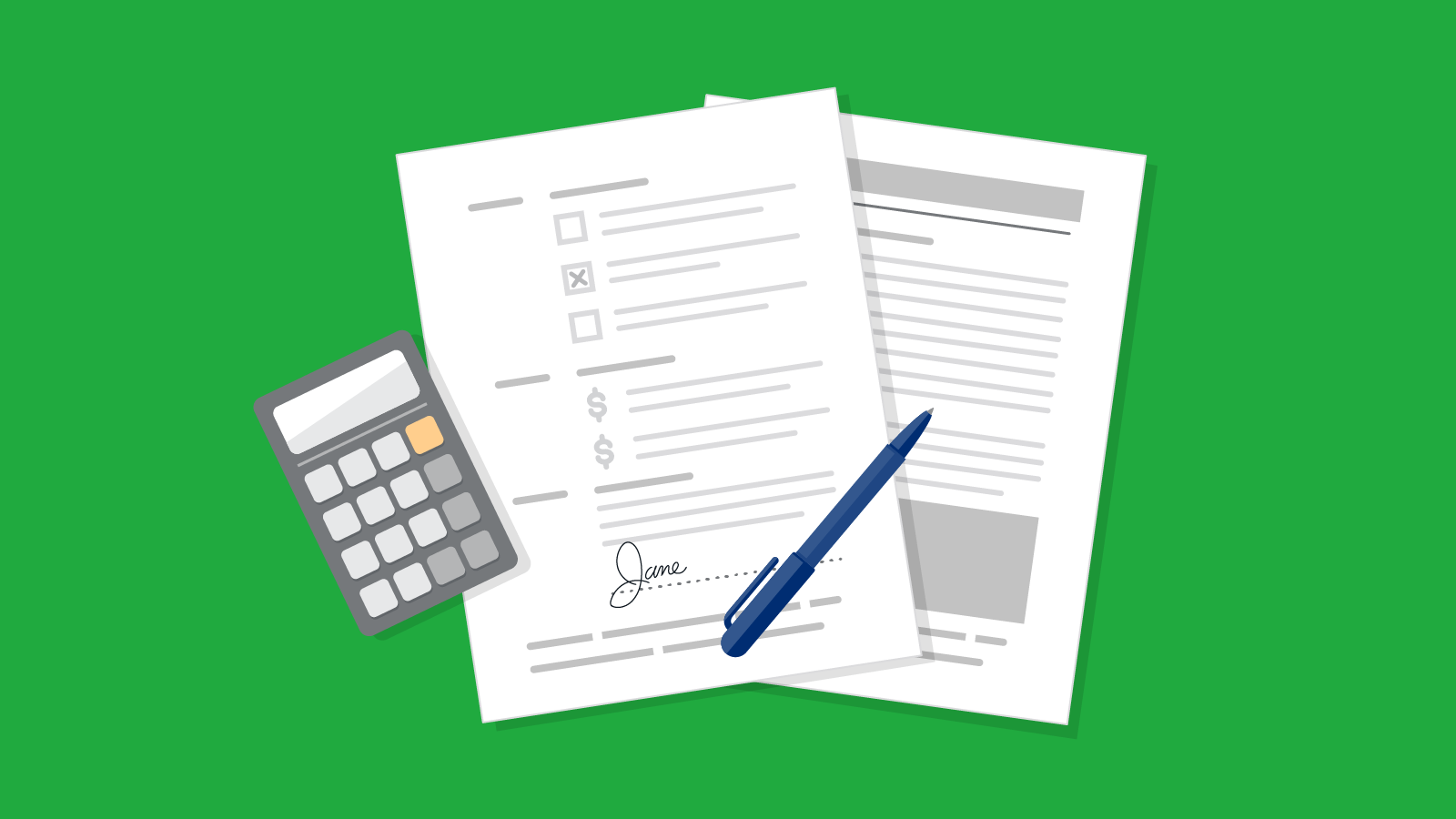Easy-to-remember guidelines help people reduce credit card debt
Take a short guideline like “don’t swipe the small stuff” and make it your own. You might just find that you’re better able to control your own credit card debt.

Have you ever looked at your credit card bill and wondered where all those charges came from? Or found yourself swiping your credit card for a purchase before you’ve had a chance to think about whether you really wanted to borrow money to pay for it?
Don’t feel discouraged – there are ways to get a better hold on your credit card use.
A recent study we commissioned found that following simple guidelines, or rules to live by, can help you lower your credit card debt, if you are a consumer carrying a month-to-month balance. The rules are designed to help you improve the choices you make with your credit cards – especially when you adjust the rule to live by to fit your personal financial situation.
We’ve created a worksheet to help you create and follow your own money rules to live by. Use the worksheet to:
- Find areas where you might use your credit card less often
- Decide on a goal for managing your credit card use
- Create a rule to live by for how you want to use your credit cards
- Make a commitment to yourself to act on your goal
Taking a close look at your small credit card purchases is one place to start to help gain control over your credit card spending. Then, you can create your own money rule to live by, such as using cash for similar small purchases in the future, to help make credit choices that work for you.
Using the worksheet to write down your goal will also help you stick to it.
Just like lane markers on a highway, your money rules to live by are guidelines that keep you moving in the right direction. You might have to speed some things up, slow down others, or change lanes from time to time, but your rules to live by can help you reach your financial destination.
To read the research that helped inform these worksheets, take a look at our report on "The Power of Light-Touch Financial Education: A Demonstration with Credit Card Revolvers.”
If you are a financial educator or work with consumers around money issues, check out our “Helpful shortcuts for credit card use: Ideas for financial educators.”
